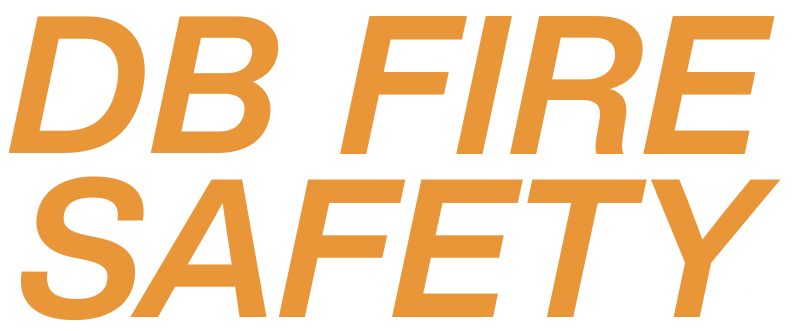Category: Residential Care Homes
Tumble Drier Risk To Business Owners
Law on smoking in residential care homes
Residential Care Home Owners Fined £380k
Residential Care Homes – Identifying People At Risk From Fire
Identifying Fire Sources Of Ignition in Residential Care Homes
Fire Safety Training in Residential Care Premises
Fire Risk Assessment For Residential Care Homes
